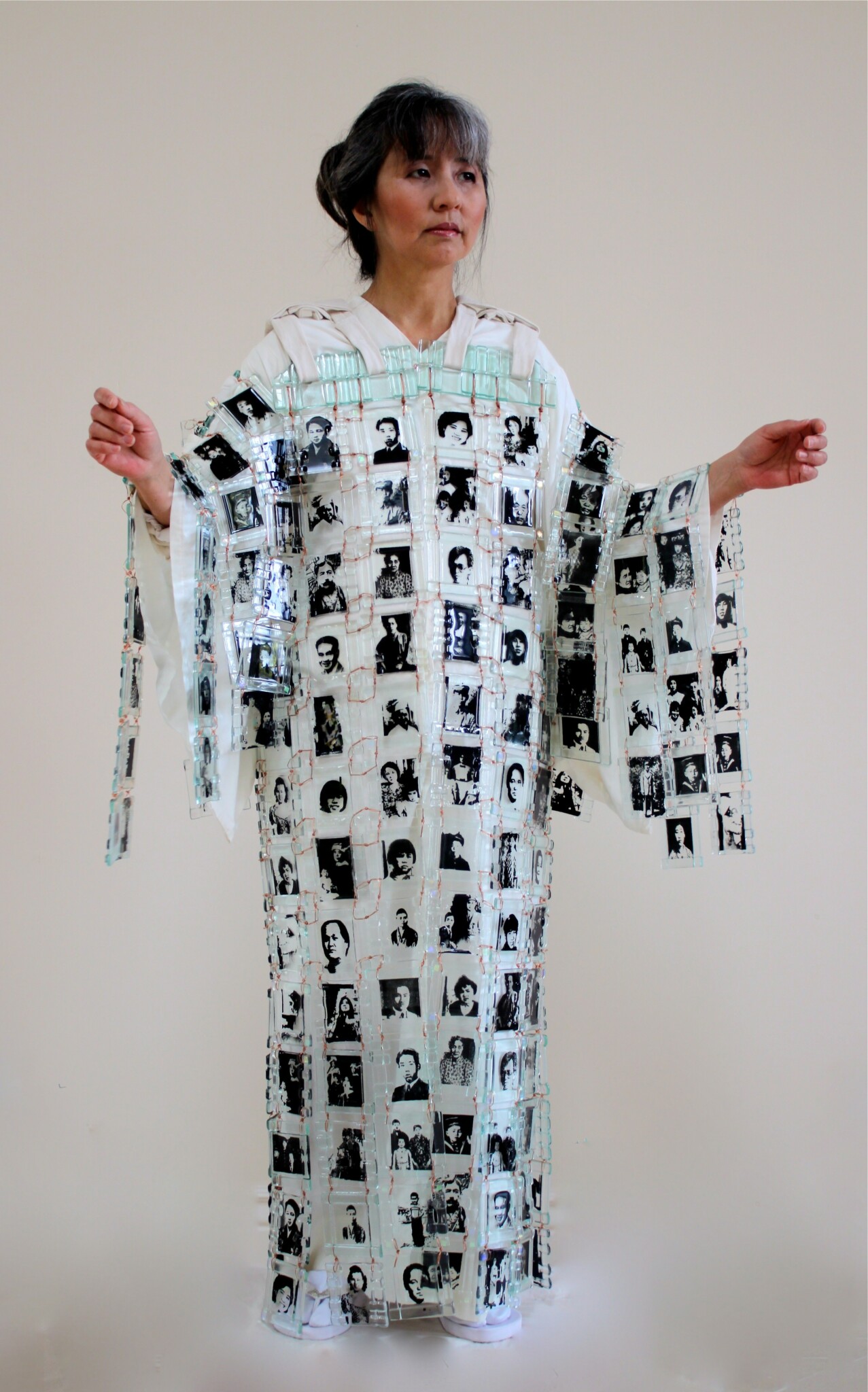Alright – so today we’ve got the honor of introducing you to Reiko Fujii. We think you’ll enjoy our conversation, we’ve shared it below.
Reiko , looking forward to hearing all of your stories today. What’s been the most meaningful project you’ve worked on?
My first wearable “Glass Ancestral Kimono” was inspired by a trip I took to Esumi, Japan, in 1999, to pay respects to my paternal ancestors. After visiting the Buddhist temple and cemetery where my ancestors were buried, I walked to the house my father and his family had built sixty-one years before. I was presented with two tattered albums filled with old family photographs. After listening to stories my father remembered about his ancestors in the photographs, I became excited to honor them by fusing some of those photos, along with my mother’s family images, onto glass frames and draping them over a life size kimono-shaped metal armature I had welded together. I designed, made and then wore my first “Glass Ancestral Kimono” in 2002.
In 2009, I created another glass kimono for my daughter, Melissa, to honor her ancestors. Her kimono, made by the same method as the original one, consists of over 2,000 hand-cut pieces of glass, fused into 224 individual frames. “My Daughter’s Glass Ancestral Kimono” symbolizes the continuity of the past, present, and future. Images of her ancestors are fused onto each glass frame. Looking at the kimono from the front, her Japanese ancestors are on the left and her Czechoslovakian ancestors are on the right. Each of the frames are tied to one another with copper wire. The last six rows are left horizontally unattached. These bottom rows strike against one another when the kimono is worn, making the sound of wind chimes, similar to the ones that are traditionally used by the Japanese to call back their ancestors during the Obon Festivals.
“My Daughter’s Glass Ancestral Kimono” will be on tour with nine other artists and travel around the United States in an exhibit called “Kimono: Garment, Canvas, and Artistic Muse” for the next six years.
In 2010, my team and I made another wearable glass kimono. This one was made the same way as the two other previous ones except images of my ancestors are photo-silkscreened and then fused onto the 224 frames.
In 2016, “Detained Alien Enemy Glass Kimono I” was completed using the same technique. This kimono honors the over 125,000 people of Japanese ancestry who were unjustly incarcerated during WWII in American concentration camps.
My “Detained Alien Enemy Glass Kimono” is presently part of an exhibit called “Resilience: A Sansei Sense of Legacy,” which has been traveling across the United States for the past four years.
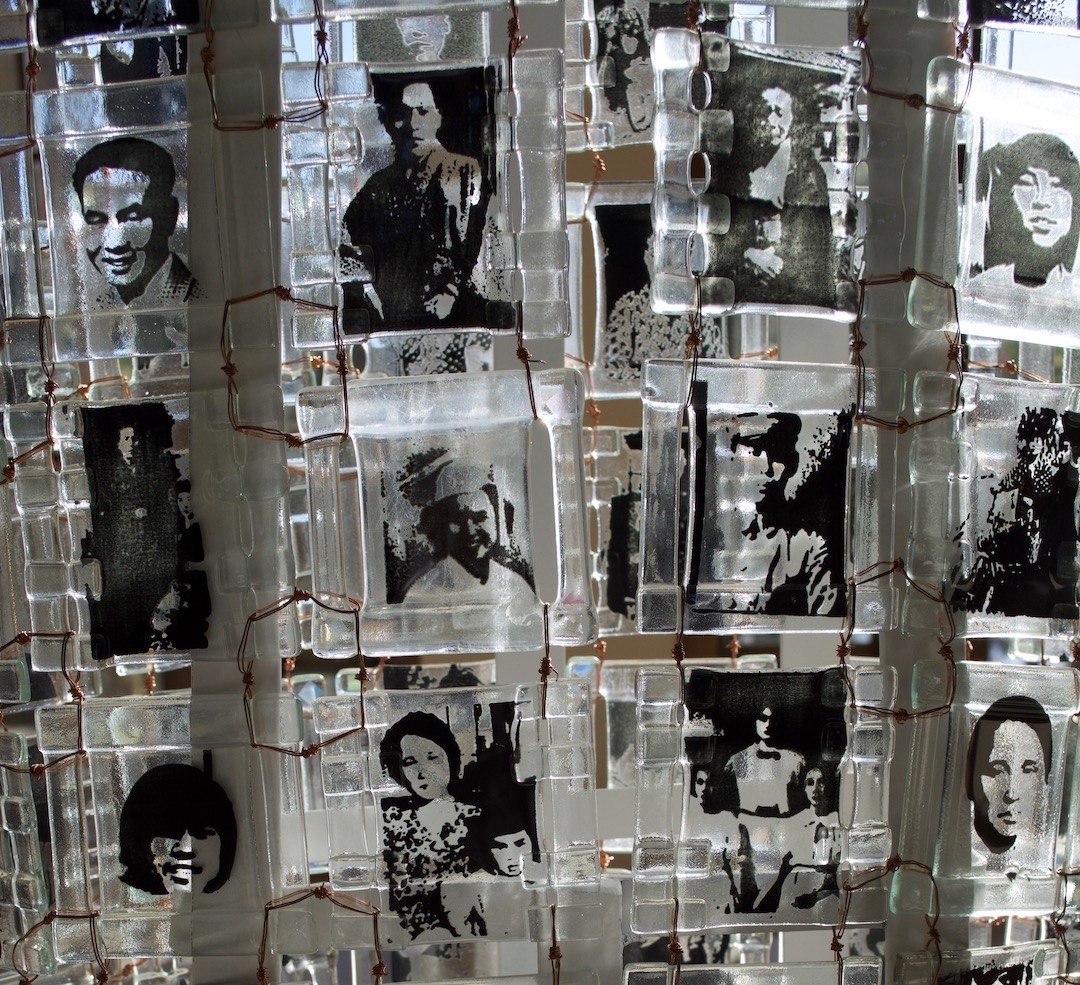

Reiko , before we move on to more of these sorts of questions, can you take some time to bring our readers up to speed on you and what you do?
I was born in 1950 in Riverside, California, four years after my parents, grandparents, great-grandparents, and other relatives were released from their imprisonment in WWII American concentration camps. My life and art are forever intertwined with the influence of that grave injustice, which was forced upon my family and over 125,000 other people of Japanese descent by the United States government.
My art is an ongoing inquiry into my Japanese American roots through the prism of my life experiences. My family’s accounts of their imprisonment in American concentration camps, along with my mother’s memories of growing up on a chicken farm in Riverside, California, and my father’s stories about his early years in Esumi, Japan, have added to a clearer understanding of my heritage. By creating installations that include family artifacts, as well as my own handmade objects and videos, I reframe my memories and family stories into the context of American history.
Making art has provided me with a therapeutic process of introspection. I explore deeply personal material and share my inner process to reveal my unique, yet universal human experiences. The transformative aspects of creating art are integral to my growth, healing, and outreach to the community.
I have been exhibiting and lecturing about my art since 1993. I received a Master of Fine Arts degree from John F. Kennedy University, Berkeley, and earned a BA in Psychology from the University of California, Berkeley. I was one of the five featured artists in the 2022 exhibit, “Sansei Granddaughters’ Journey,” at the AZ Gallery in San Bruno, California. Other exhibits include two multi-media performances, sponsored by the Riverside Metropolitan Museum. My daughter and I were invited to wear our Glass Ancestral Kimonos as the “Featured Artist” at the Corning Museum of Glass in New York. I have exhibited extensively in California and across the United States. The venues include the National Japanese American Historical Society in San Francisco, Berkeley Art Center, Washington State Historical Society, Japanese American Museum in Oregon, and the International Museum of Art and Science in Texas, to name a few. I was the recipient of the Susan Seddon Boulet Award from John F. Kennedy University, received the Steven P. Corey Award at the 2006 PCBA Bookworks Exhibit, and received several awards for my glass art at Ohlone College in California. My handmade art book, Grandma, the Ultimate Recycler, is part of Mills College’s Olin Library’s Special Collections. My short documentaries have been screened at the Women of Color Film Festival (Berkeley), the Dis-Orient Film Festival (Oregon), and the Silicon Valley Asian Pacific Film Festival (Santa Clara, California). My nine-minute documentary, “Arden Farey: Whistlebower,” was featured as the Video of the Week on KarmaTube in 2009.
I am particularly pleased that my “Detained Alien Enemy Glass Kimono” is bringing attention to the history of the unjust incarceration of Japanese Americans during WWII by being exhibited across the United States for several years.
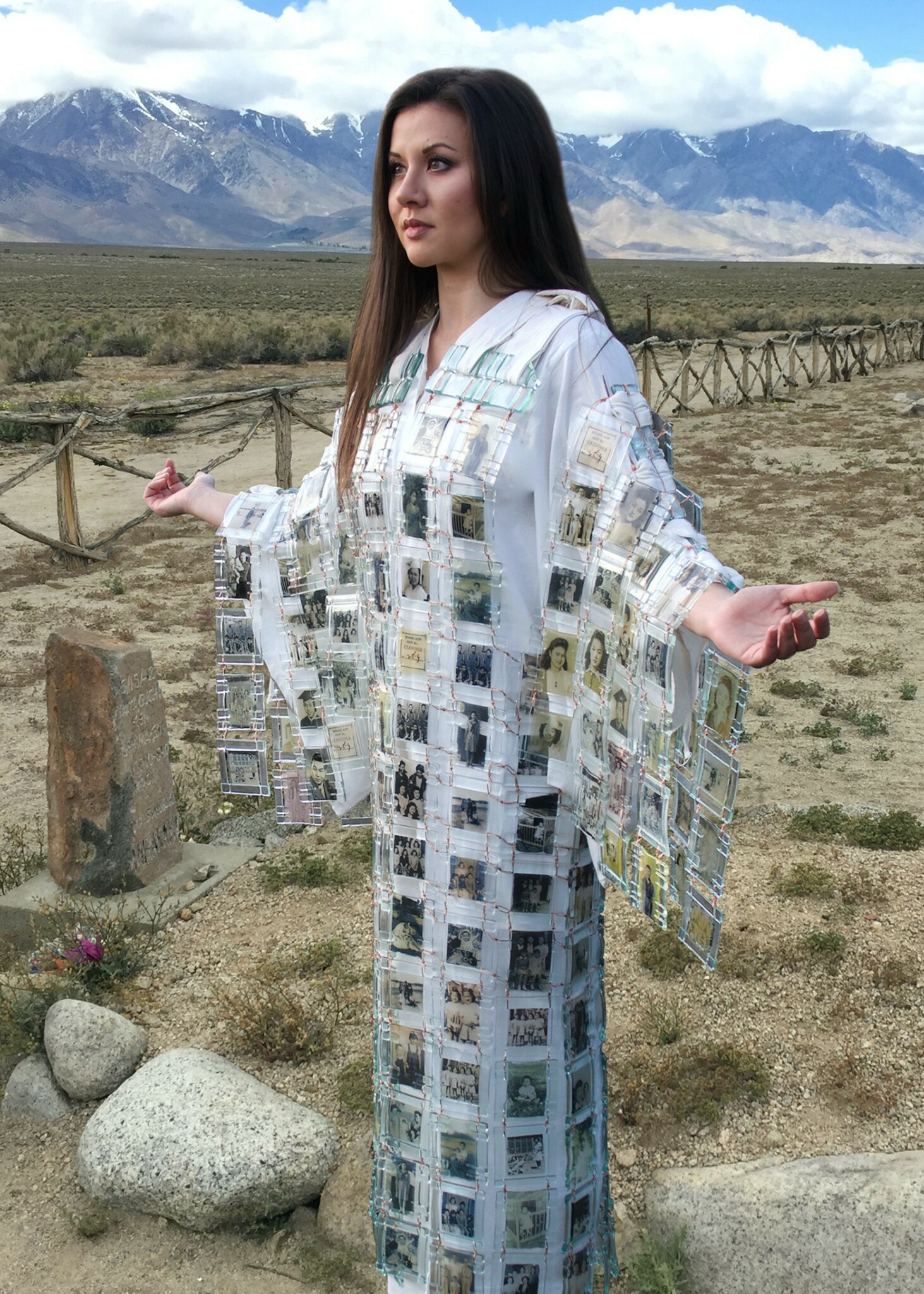
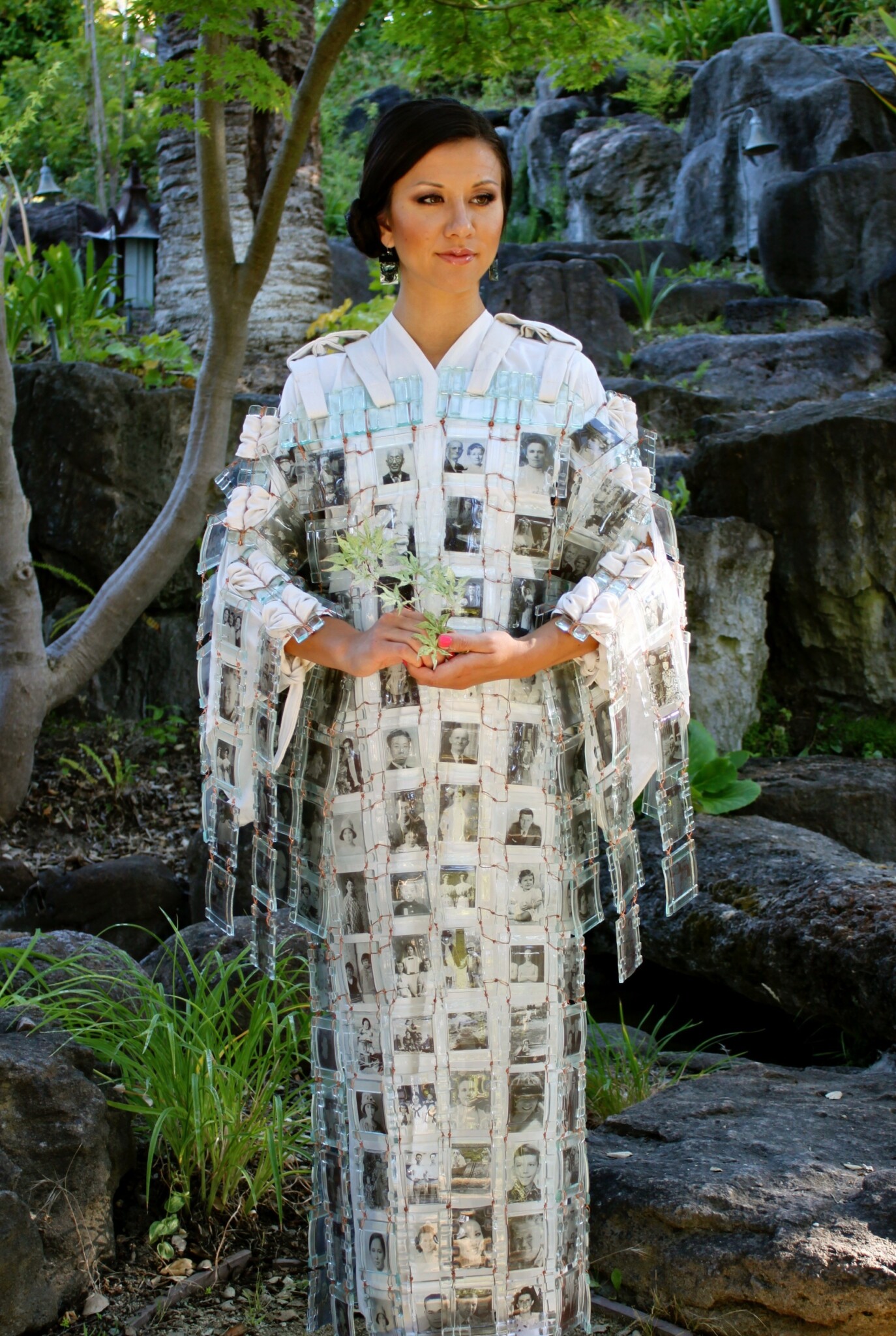
What do you find most rewarding about being a creative?
There are so many rewards.
I am able to have deep connections with other artists and curators. My art practice encourages me to travel, explore and research information, especially concerning my heritage. I learn new techniques, which build my self-confidence, and I usually end up loving the art I create. I am delighted to hear that others are inspired when I share my process. As I work on new pieces, I am forced to reevaluate my pre-conceived notions. Working with a variety of materials and techniques fulfill a natural desire for me to express whatever is in my mind, my heart and my soul.

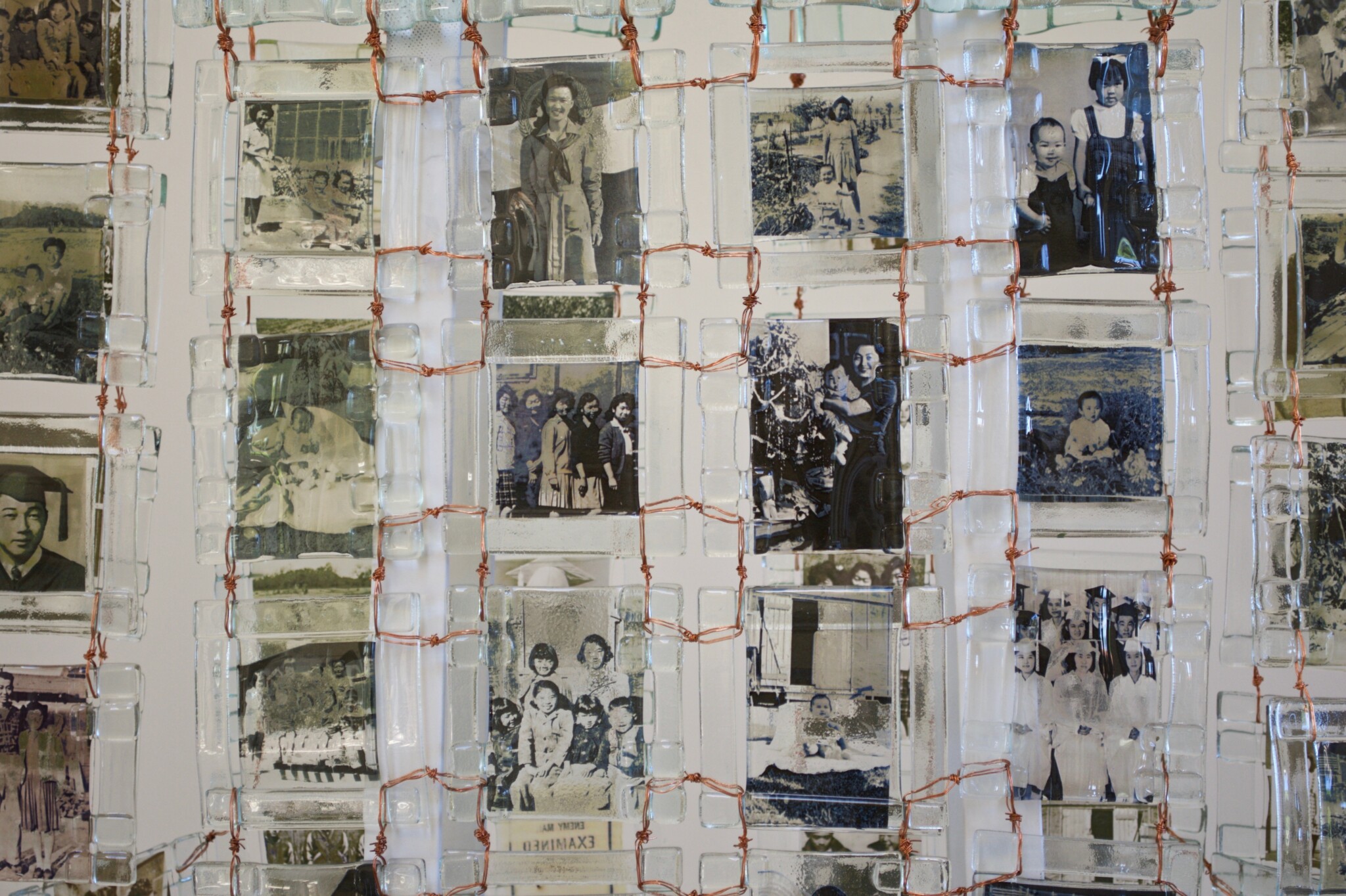
What do you think is the goal or mission that drives your creative journey?
I am especially interested in creating art that educates and preserves the history and stories of Japanese Americans.
As I tell stories about myself, my ancestors and others, I attempt to give form to my own inner healing process, creating an offering that can then extend my experience outward into the world.
Through my art-life process, I have come to the understanding that the healing and transformation of society begins with the healing of oneself.
Contact Info:
- Website: https://www.reikofujii.com
- Instagram: #glasskimono
- Facebook: Reiko Fujii
- Youtube: @Drfuj
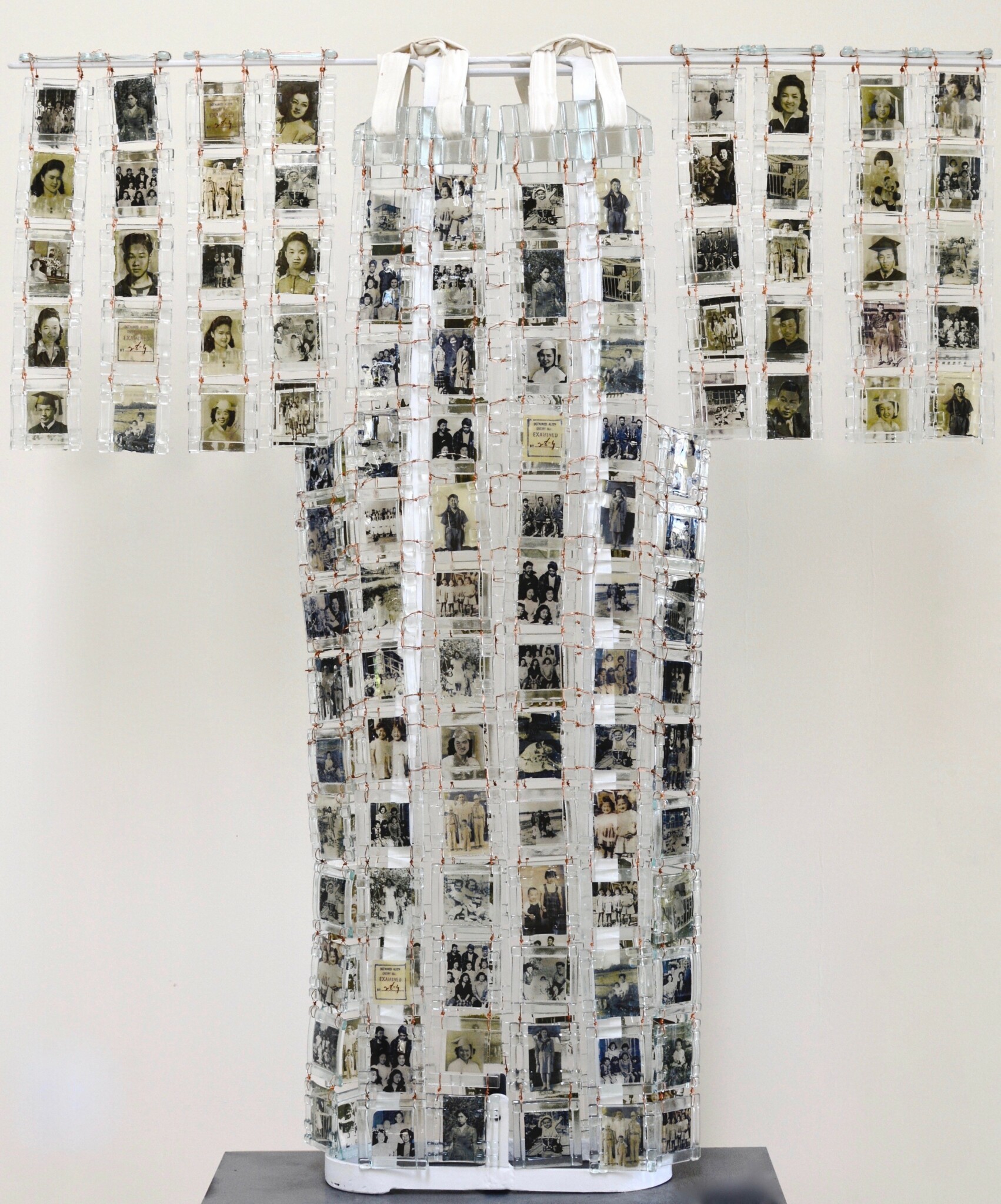

Image Credits
Cris Matos
Reiko Fujii
Melissa Jecmen
Suzi Kuromiya


